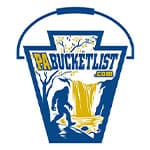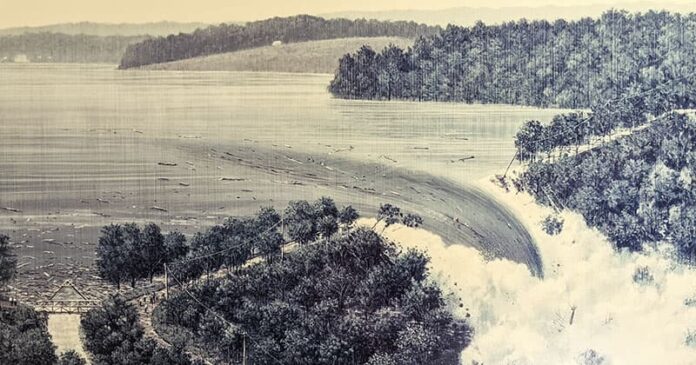
The Johnstown Flood National Memorial honors the more than 2,200 lives lost and the thousands more injured in the Johnstown Flood of May 31, 1889.
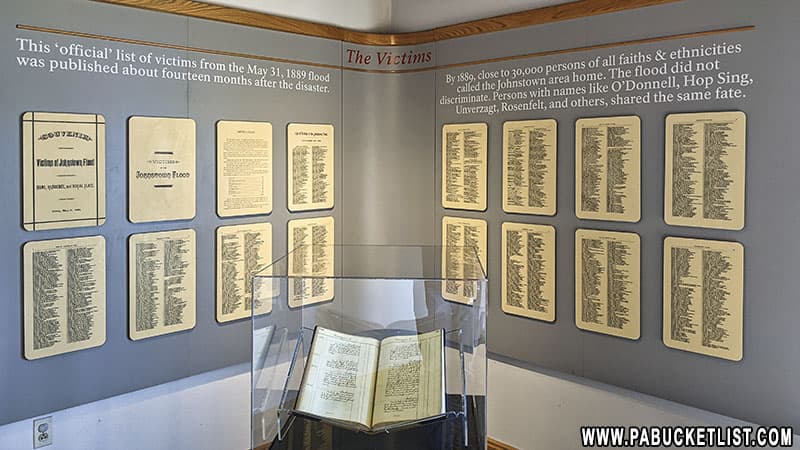
The Johnstown Flood occured after the South Fork Dam failed, causing 20 million tons of water from Lake Conemaugh to be suddenly released.
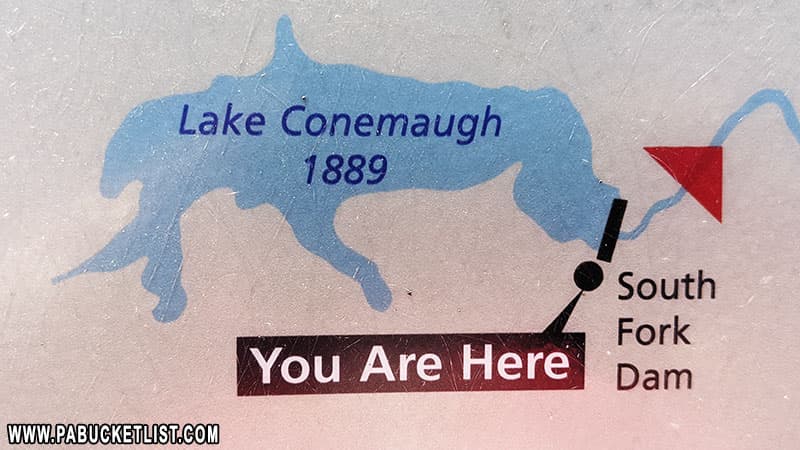
The flood waters raced 14 miles down the Conemaugh Valley, crashing into Johnstown approximately an hour after the dam was breached, bring death and destruction with it.
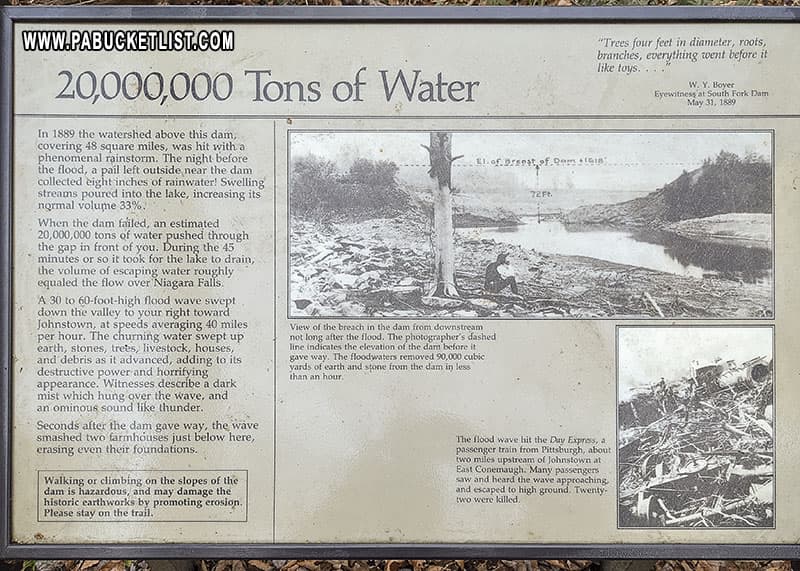
The Johnstown Flood National Memorial was authorized by the U.S. Congress in 1964, and encompasses and preserves the remains of the South Fork Dam, the former Lake Conemaugh lakebed, the farm of Elias Unger, and the clubhouse and cottages of the South Fork Fishing and Hunting Club, owners of the lake and dam in 1889.
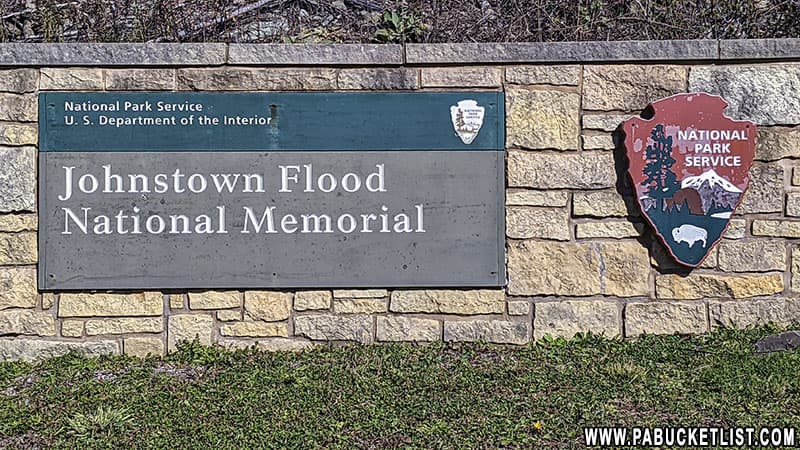
The Visitor Center at the Johnstown Flood National Memorial
The Visitor Center at the Johnstown Flood National Memorial is housed in a barn-shaped structure, located on the former farm of South Fork Fishing and Hunting Club President Elias Unger.
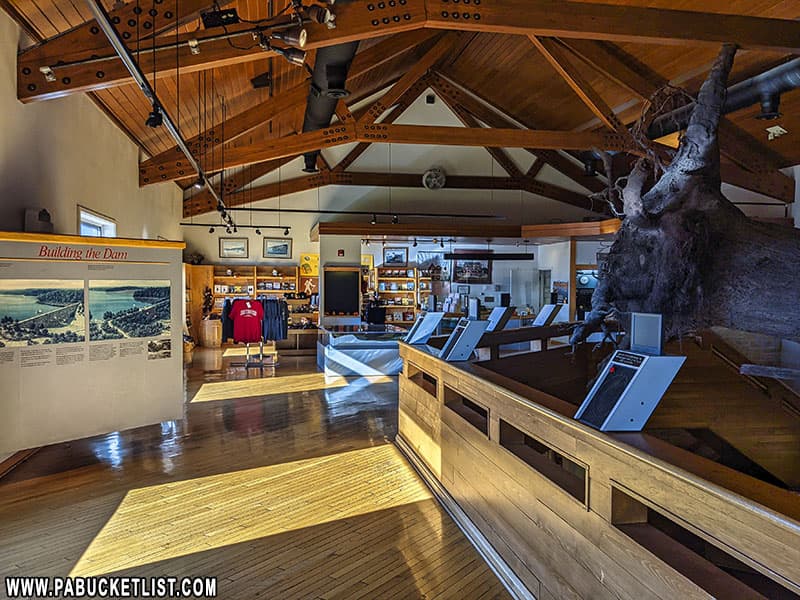
There are two floors to the Visitor Center, which features artifacts, interpretive exhibits, and a theatre that plays the short film “Black Friday”, which tells the story of the Johnstown Flood.
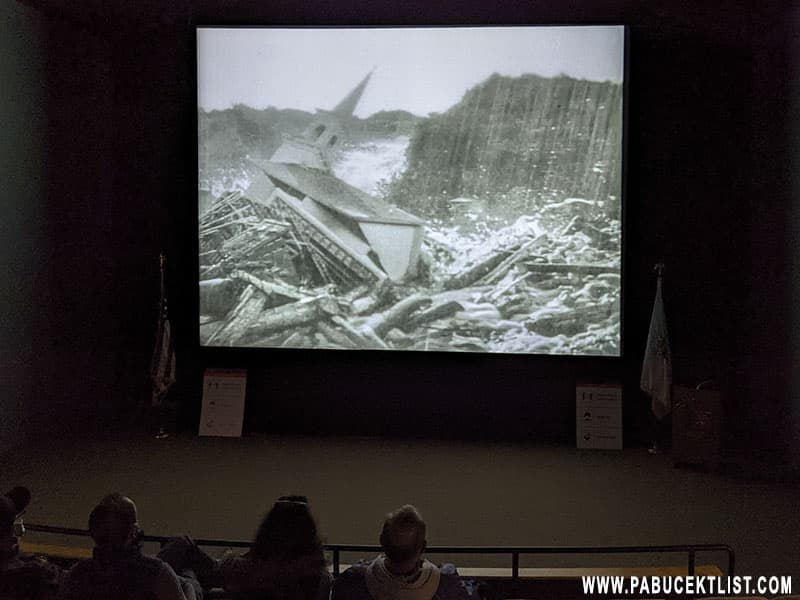
A massive diorama representing flood debris and a person clinging to a roof dominates the ceiling of the Visitor Center.
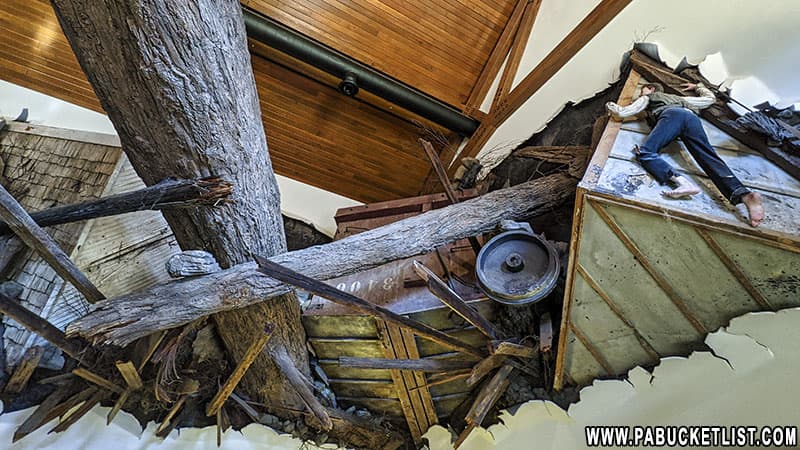
History of the South Fork Dam
Since the Visitor Center is located adjacent to the remains of the South Fork Dam, it’s not surprising that it contains numerous interpretive exhibits that cover the history of the dam in extensive detail.
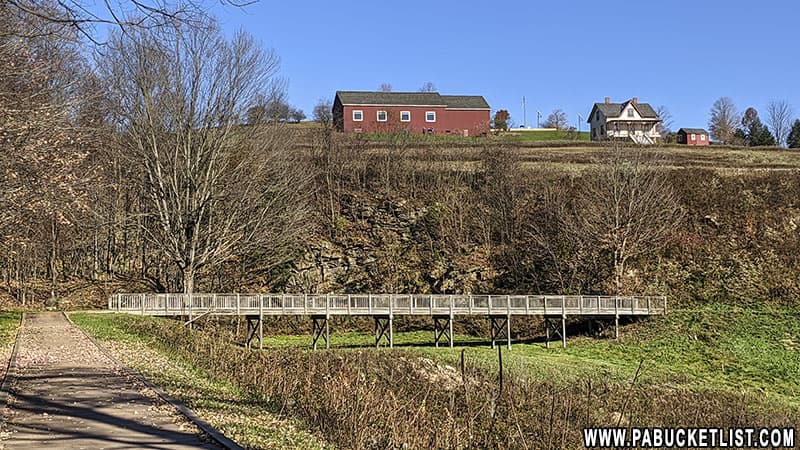
The South Fork Dam was originally built to provide supplemental water for the Pennsylvania Mainline Canal, a cross-state canal system used for transporting products and passengers before the railroads had conquered the Allegheny Mountains.
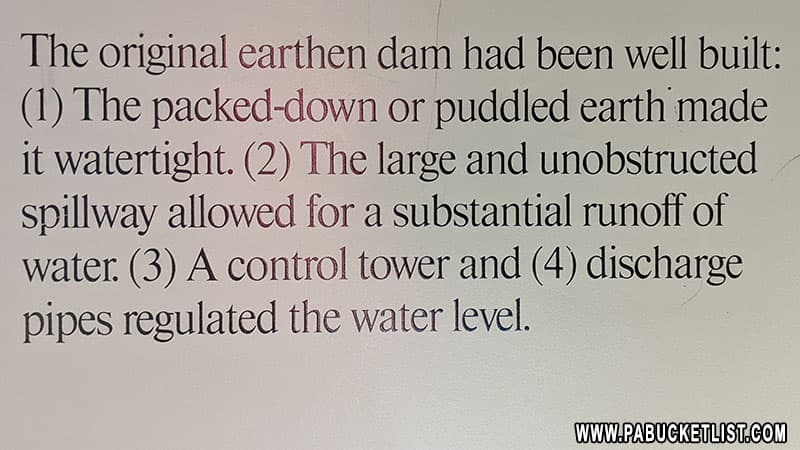
The South Fork Dam was completed in 1853, but became obsolete the following year, with the opening of the Horseshoe Curve and the cross-state Pennsylvania Railroad route.
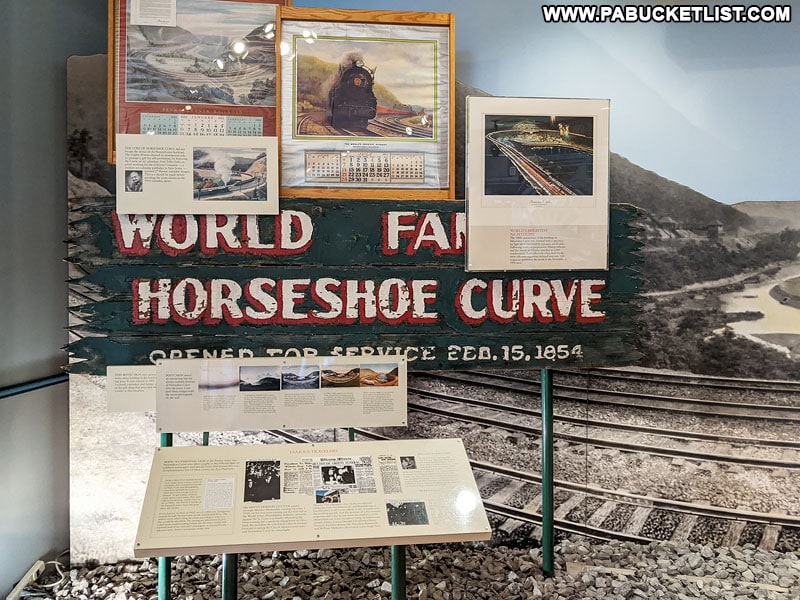
In 1857, the Pennsylvania Railroad bought the entire route of the now-obsolete Pennsylvania Mainline Canal, including the South Fork Dam.
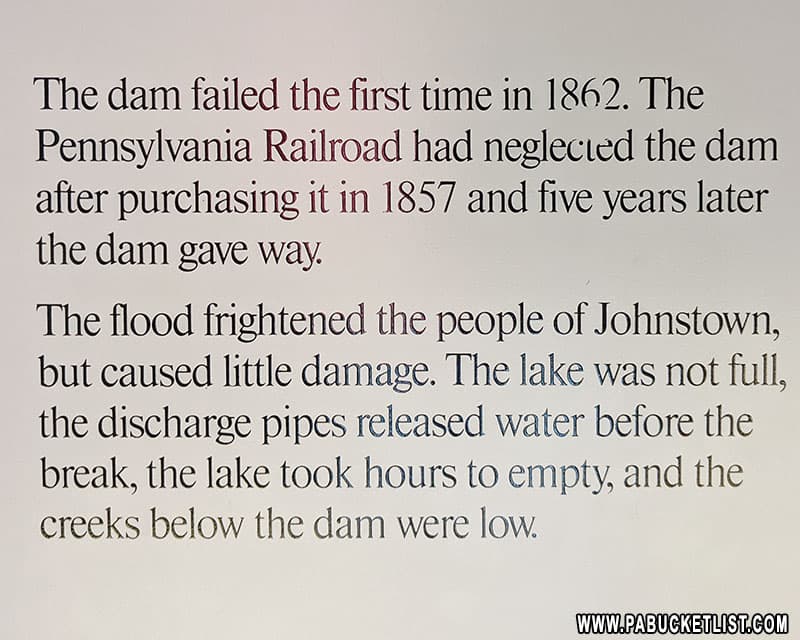
In 1879, the South Fork Fishing and Hunting Club purchased the damaged and neglected dam, to build a private lake and summer vacation retreat for its members.
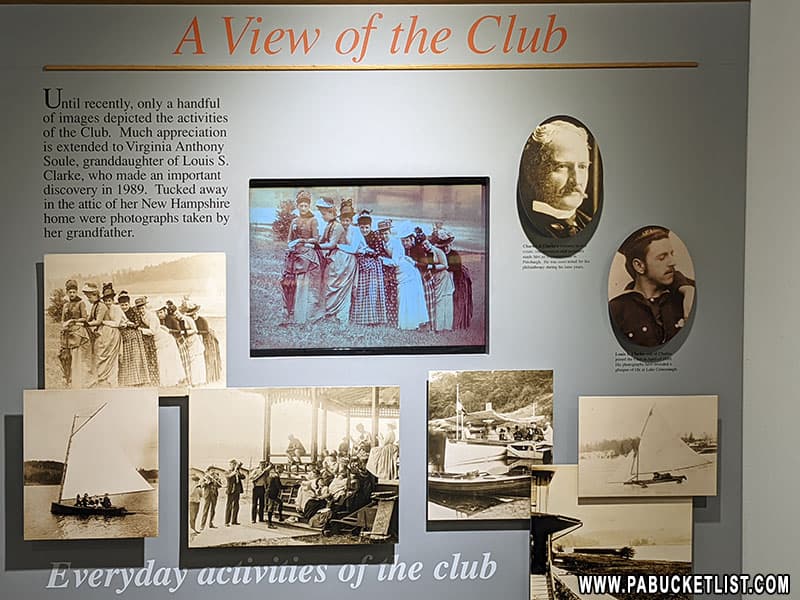
The South Fork Fishing and Hunting Club was made up of wealthy Pittsburgh businessmen, including Andrew Carnegie, Henry Clay Frick, and Richard Mellon.
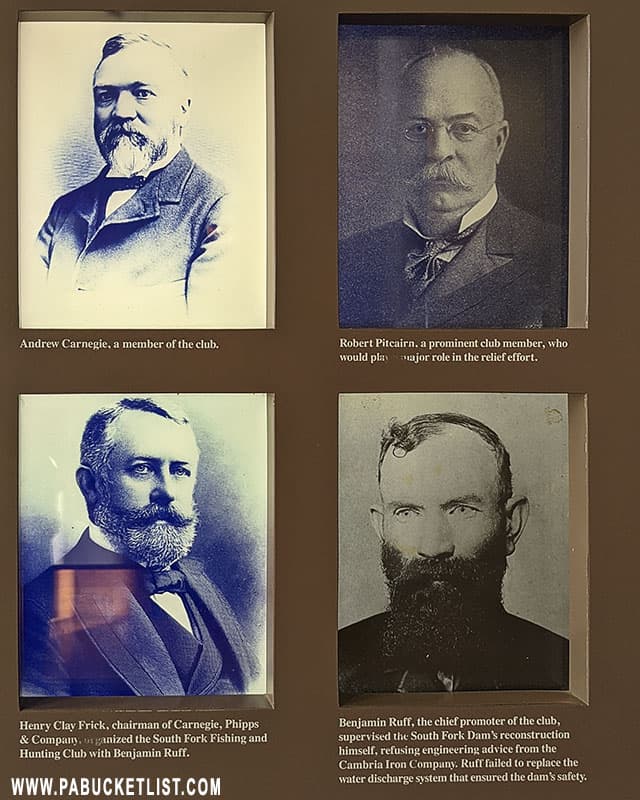
Despite the enormous wealth of the club members, they did a shoddy job of repairing the neglected dam when creating their private lake, which ultimately had deadly consequences.
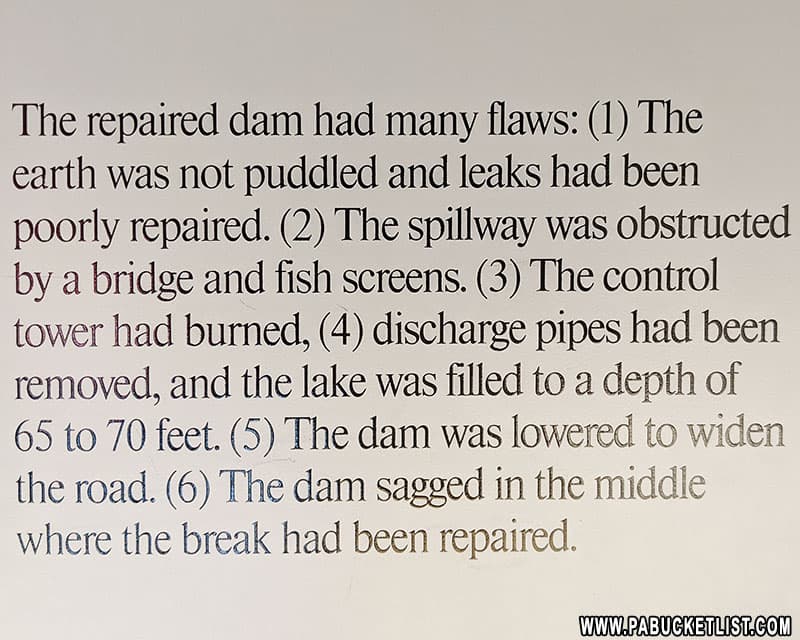
The Unger House
Elias Unger was the manager of the South Fork Fishing and Hunting Club, and his house overlooking the former dam and lake is located next to the Visitor Center.
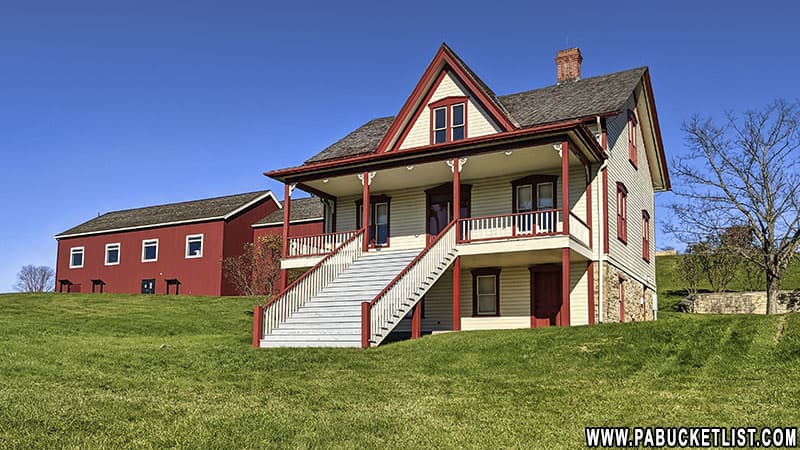
Interpretive panels outside his house tell of his too little, too late attempts to save the dam before it failed.
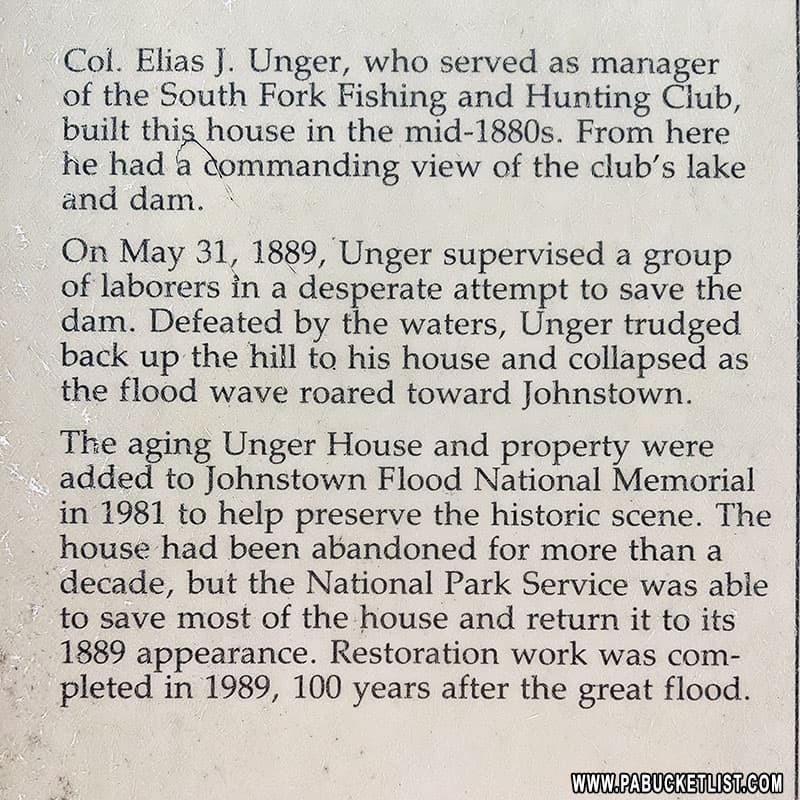
The Spillway at the South Fork Dam
Just down the hill from the Visitor Center, you can follow a bridge across the spillway, to the very edge of where the South Fork Dam failed in 1889.

Standing on the overlook near the spillway, you have a great view of the lakebed, where Lake Conemaugh once stretched back two miles into the distance.
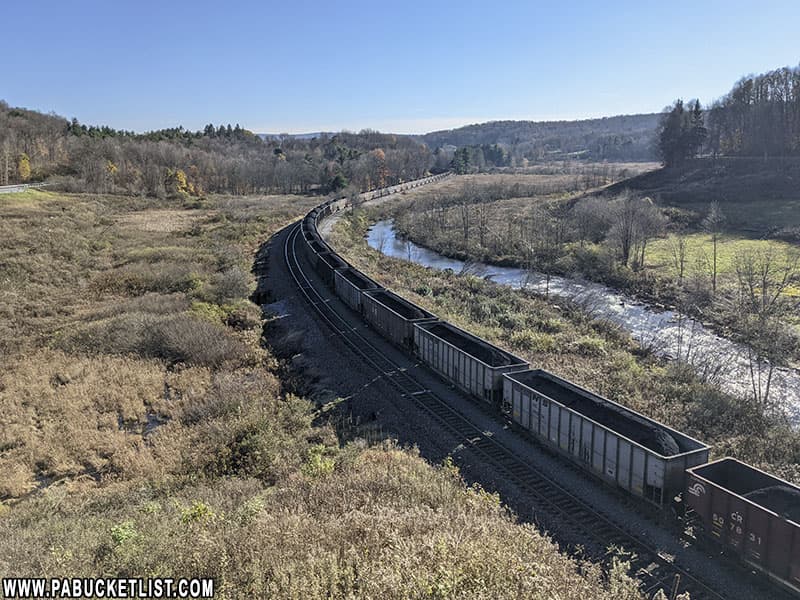
The South Fork Fishing and Hunting Club
On the south side of the former Lake Conemaugh, you can drive past the Club House and nine cottages that were once owned by the South Fork Fishing and Hunting Club, in present-day Saint Michael.
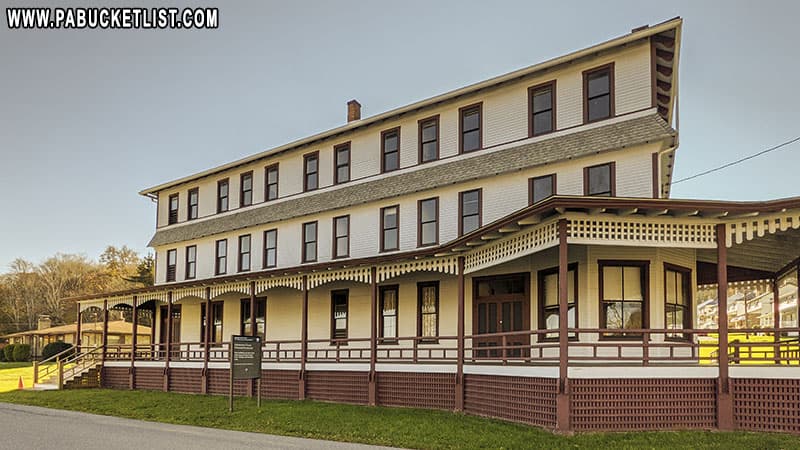
There is a parking lot at the Club House for visitors who wish to walk around on the porch, but the interior of the building is closed.
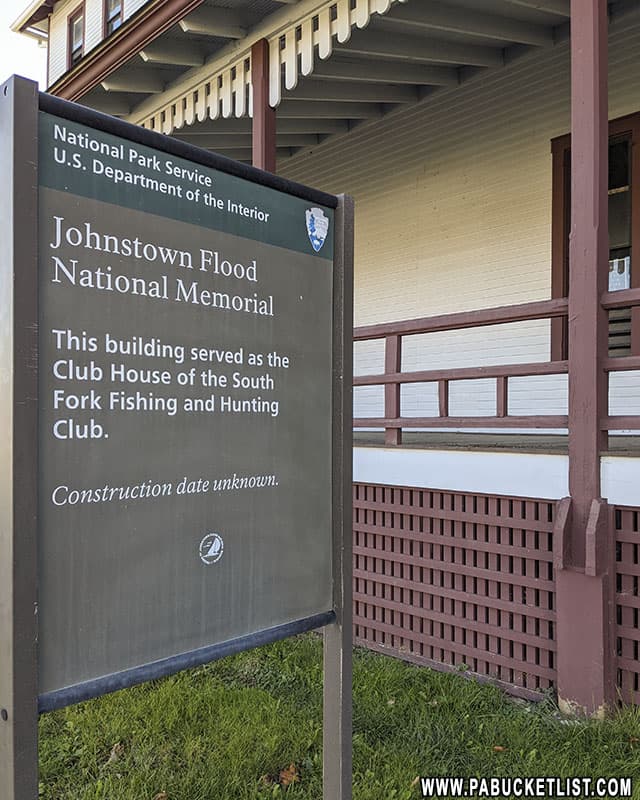
Many of the former cottages are now private homes, and the few that are owned by the National Park Service are in various states of restoration.
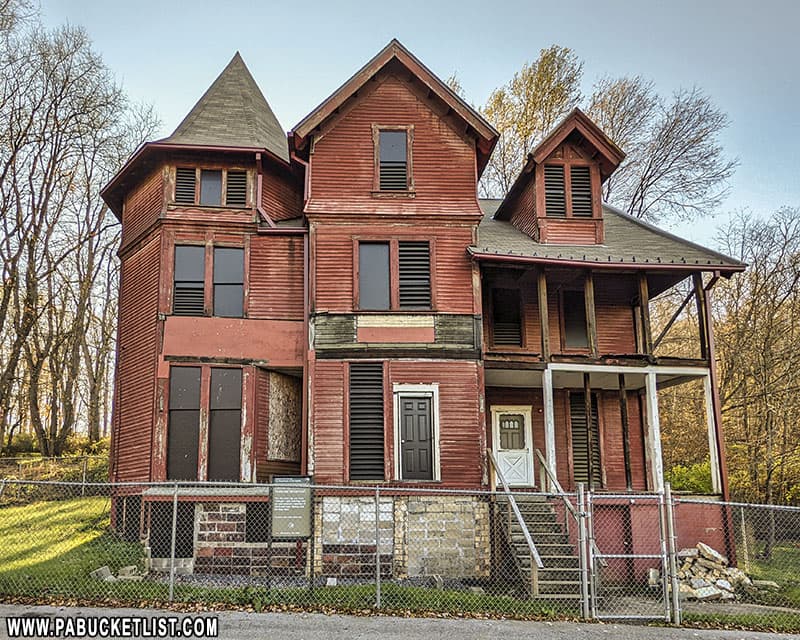
The Walk Through the Ruins Trail
The Walk Through the Ruins Trail on the south side of the former Lake Conemaugh takes hikers to the bottom of the dam, through the breach, and back up the other side of the dam.
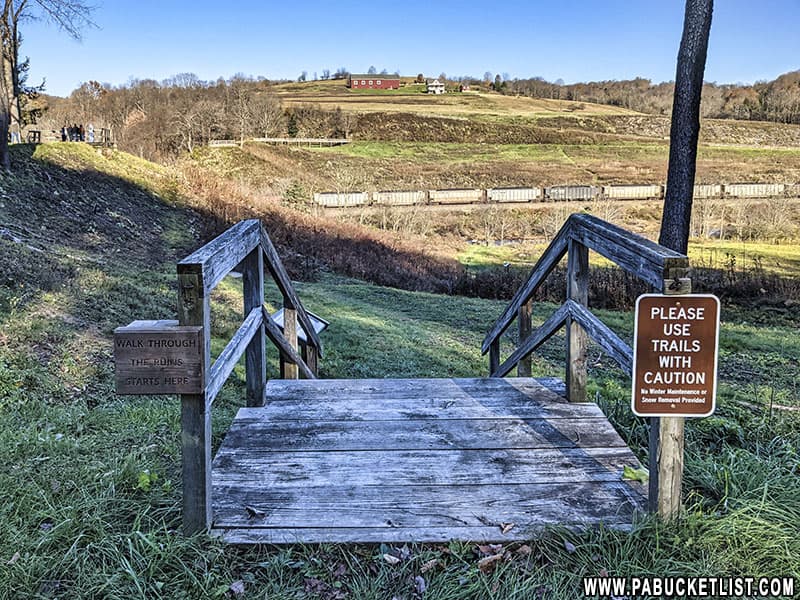
Interpretive panels provide information about the dam, the former lake, and the flood.
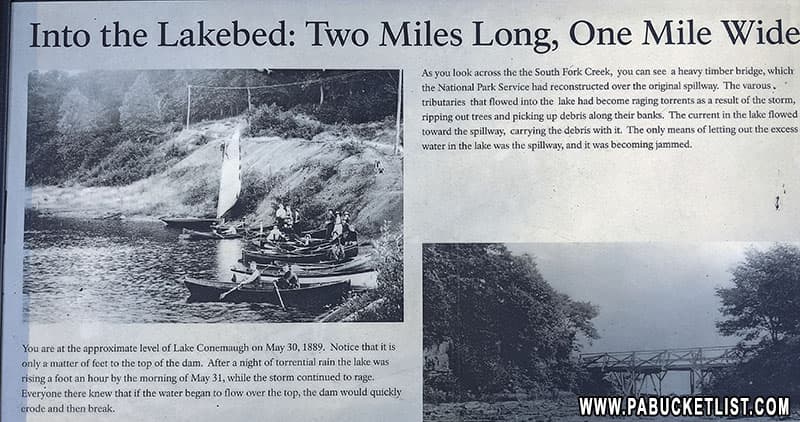
Standing next to the South Fork of the Little Conemaugh River on the former lakebed now, you would have been 60-70 feet underwater in 1889, before the dam failed.
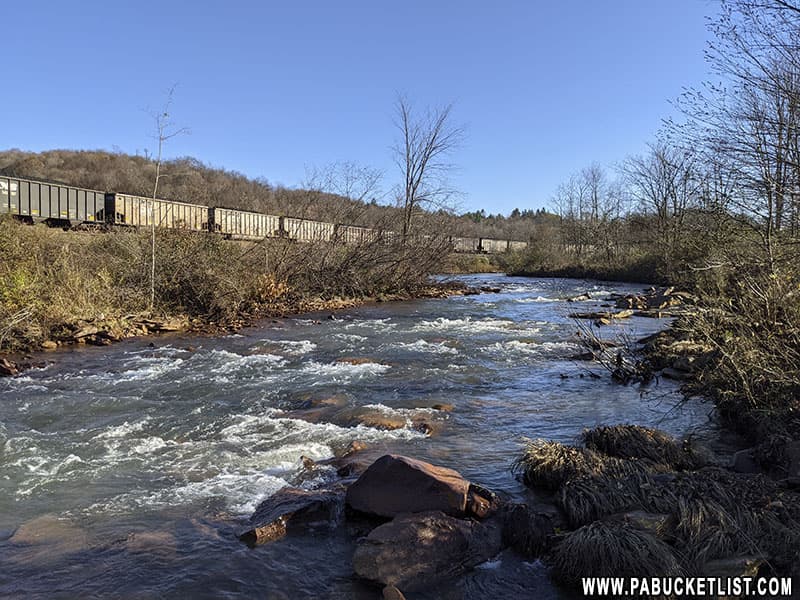
Fall Foliage at the Johnstown Flood National Memorial
Because so much of the grounds of this National Memorial is now wooded, it makes for an excellent fall foliage destination in Cambria County.
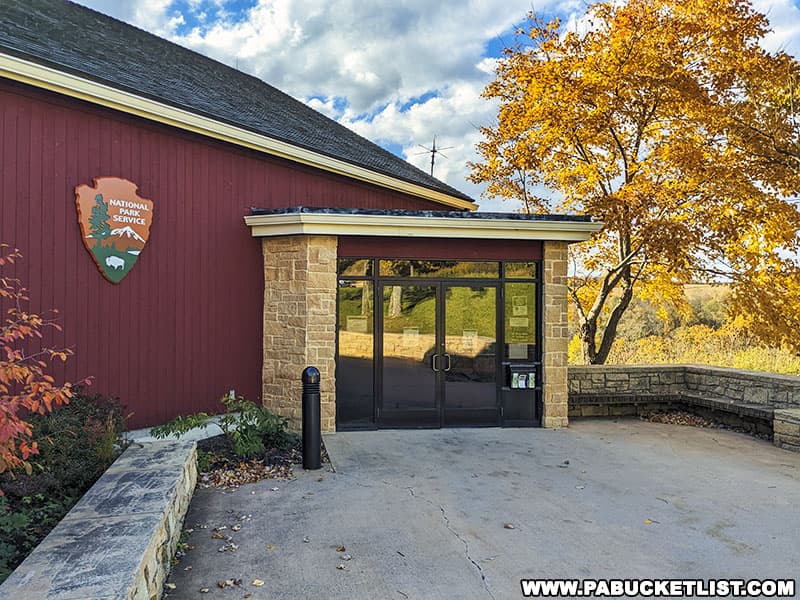
Th breached dam looked magnificent on this mid-October Day in 2022.
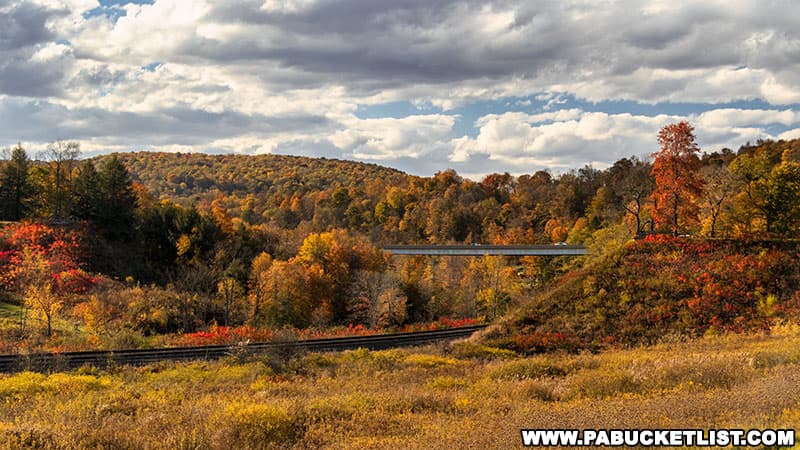
As did the former lakebed.
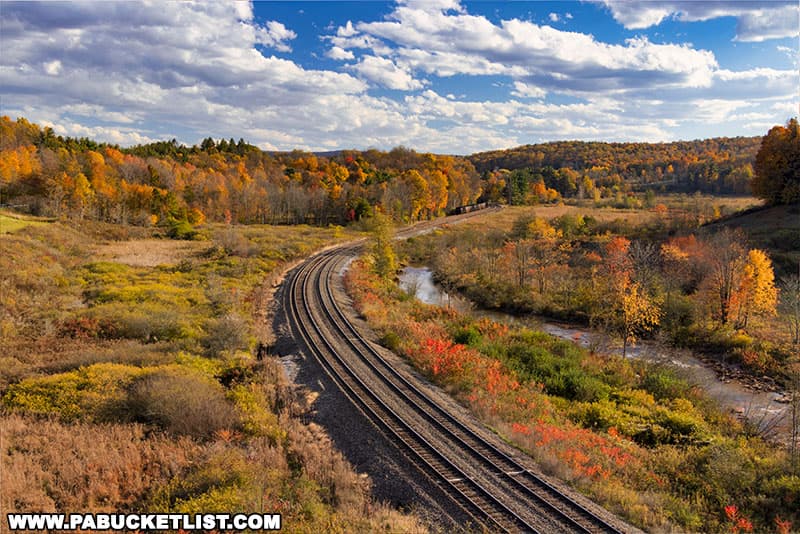
On the south side of the Memorial, the banks of the Conemaugh River were awash in color on this fall day.
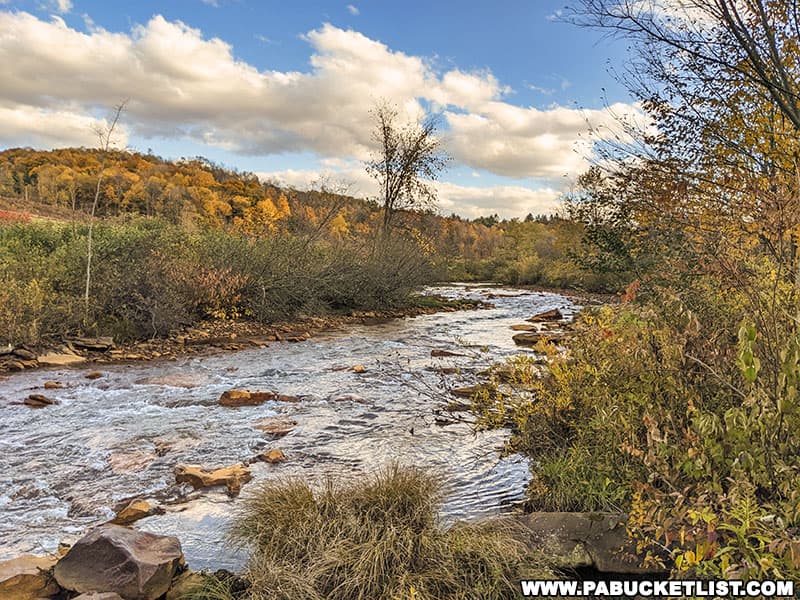
And the view back towards the Visitor Center and Unger House was excellent as well.
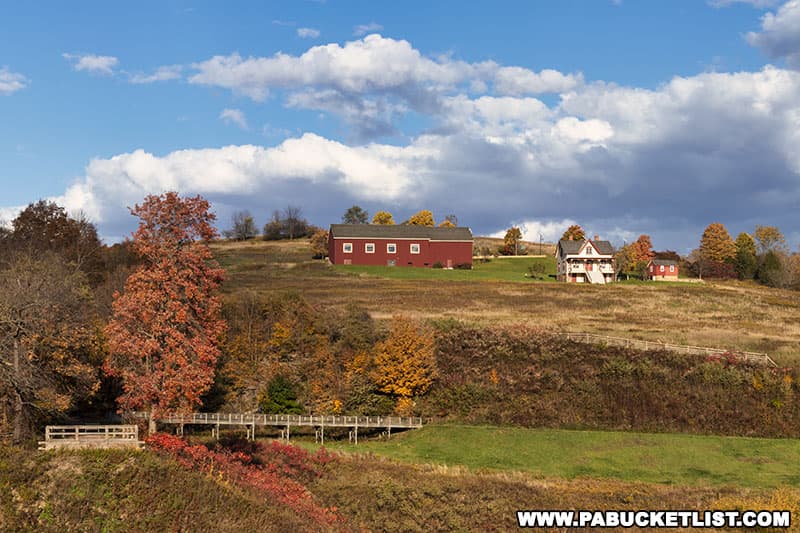
Johnstown Flood National Memorial Hours and Directions
If you’d like to visit this impressive National Memorial, and stand right where the historic flood started, you can find the Johnstown Flood National Memorial Visitor Center at 733 Lake Road South Fork , PA 15956.
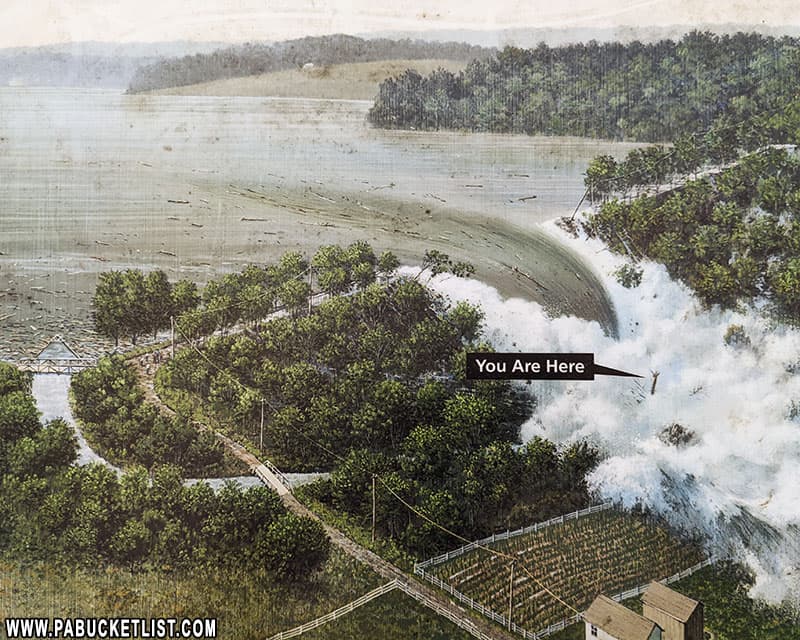
Check out the Johnstown Flood National Memorial’s OFFICIAL WEBSITE before you visit, for the latest hours and any possible restrictions.
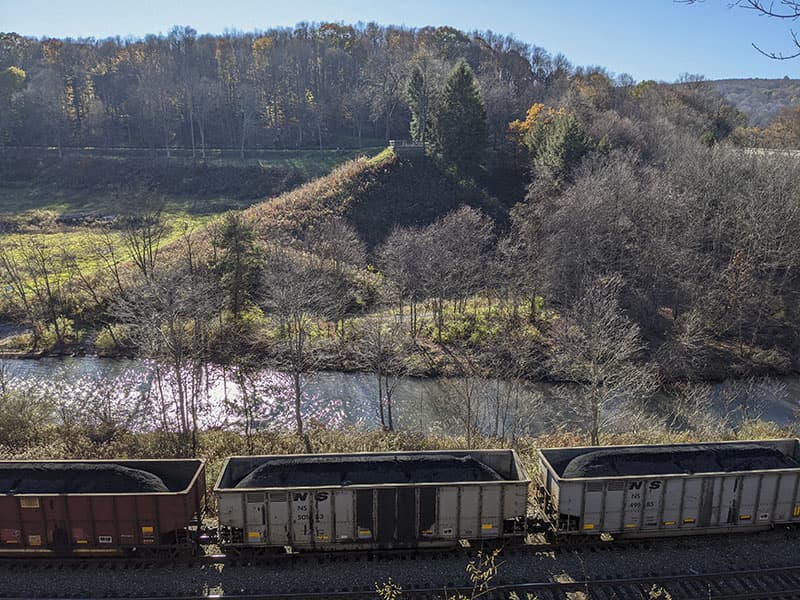
Related Attractions
The Johnstown Flood Museum in downtown Johnstown also tells the story of the 1889 flood, but from a slightly different perspective and with different artifacts, exhibits, and an award-winning film of its own.
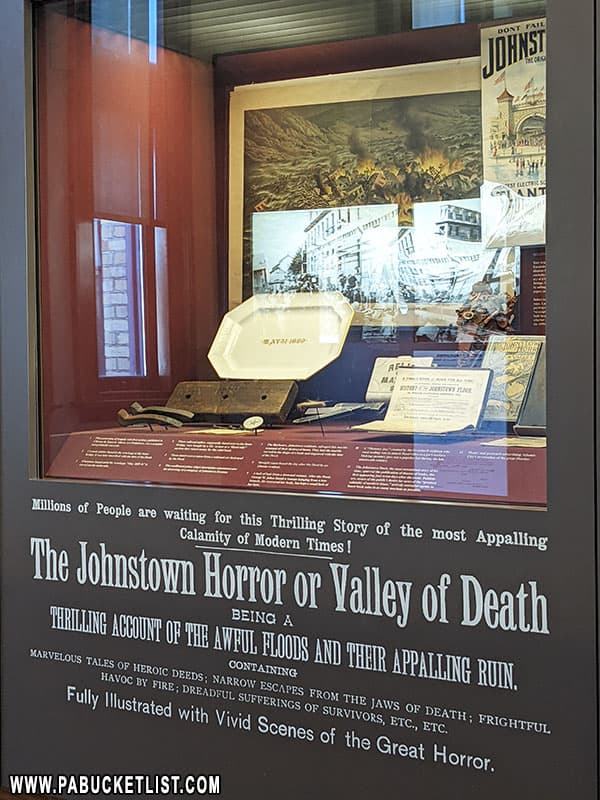
Through a mixture of interpretive exhibits, surviving artifacts, photographs, and an award-winning film, visitors to the Johnstown Flood Museum can get a sense not only of the causes of the flood and the devastation in wreaked, but of the recovery and rebuilding efforts as well.
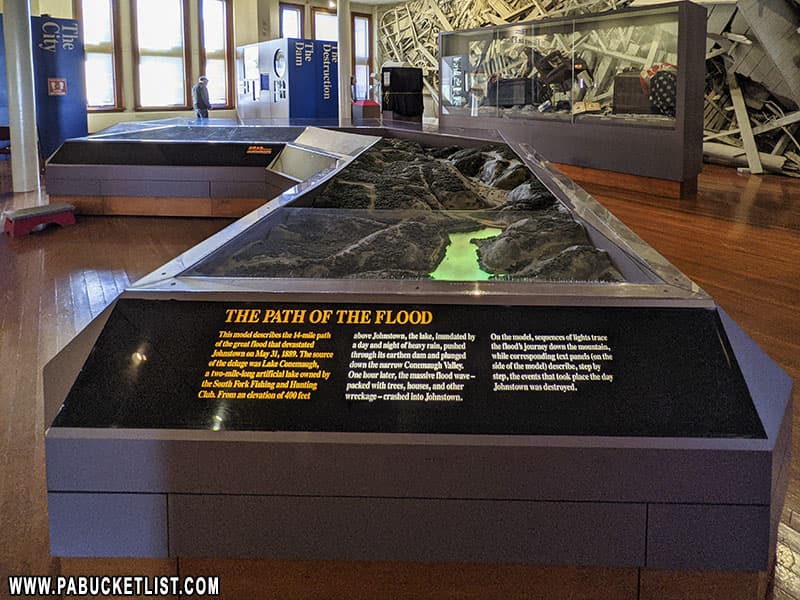
The Austin Dam Ruins in Potter County are the site of the second-deadliest single dam disaster in Pennsylvania history (the Johnstown Flood of 1889 being THE deadliest).
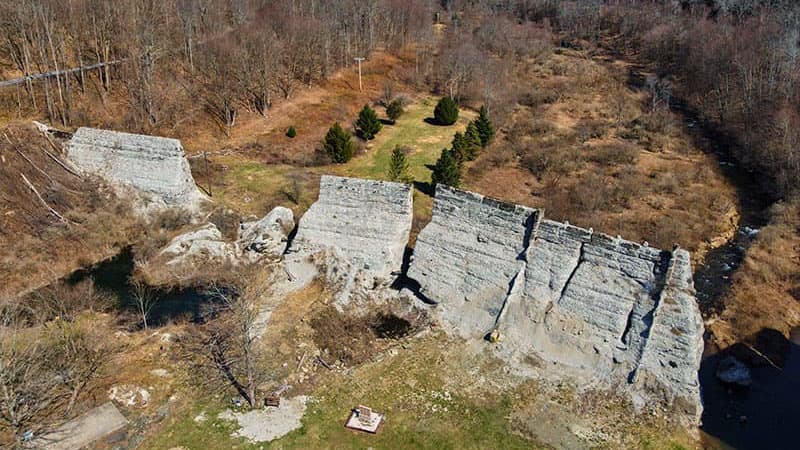
Exploring the Best National Park Sites in Pennsylvania is your guide to even more Keystone State attractions managed by or affiliated with the National Park Service.
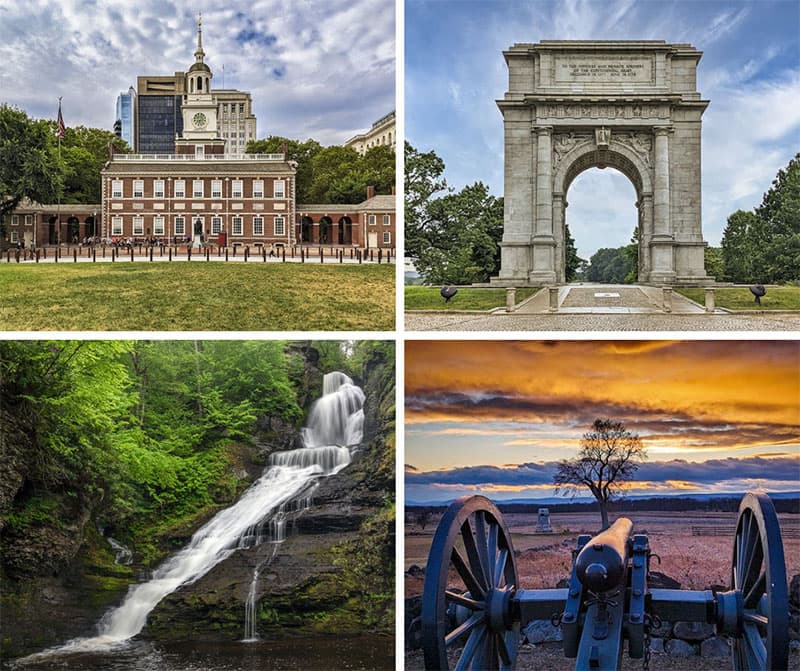
Nearby Attractions
Hinckston Run Falls is a man-made waterfall formed by the outflow of the Hinckston Run Reservoir near Johnstown.
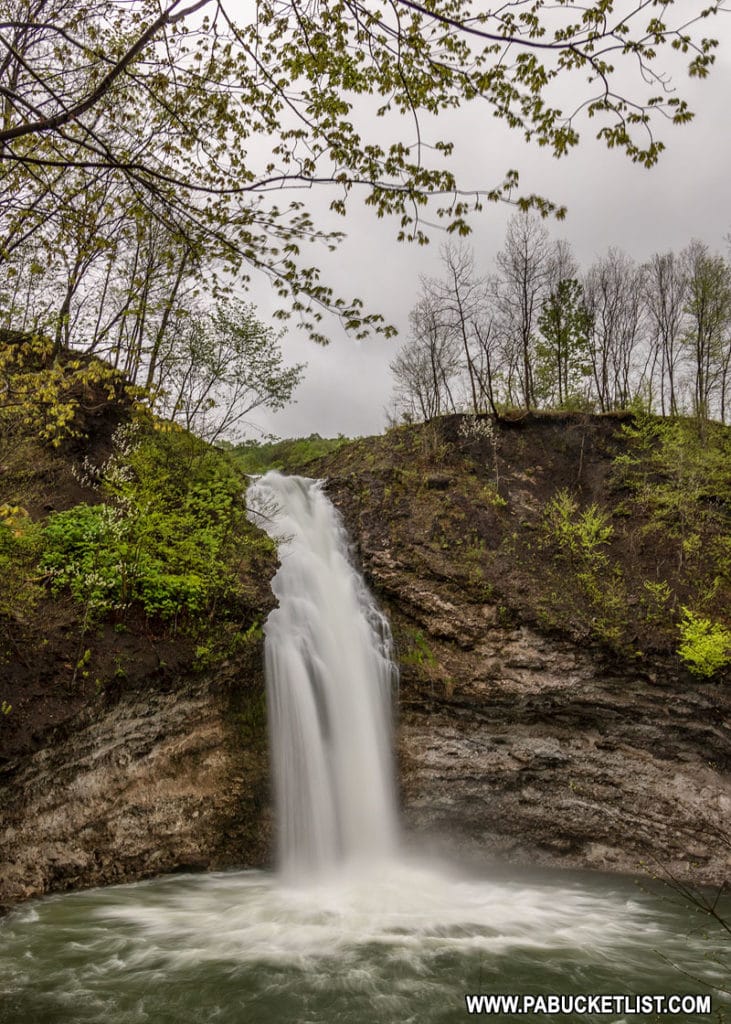
The Staple Bend Tunnel in Cambria County has the distinction of being the first railroad tunnel built in the United States!
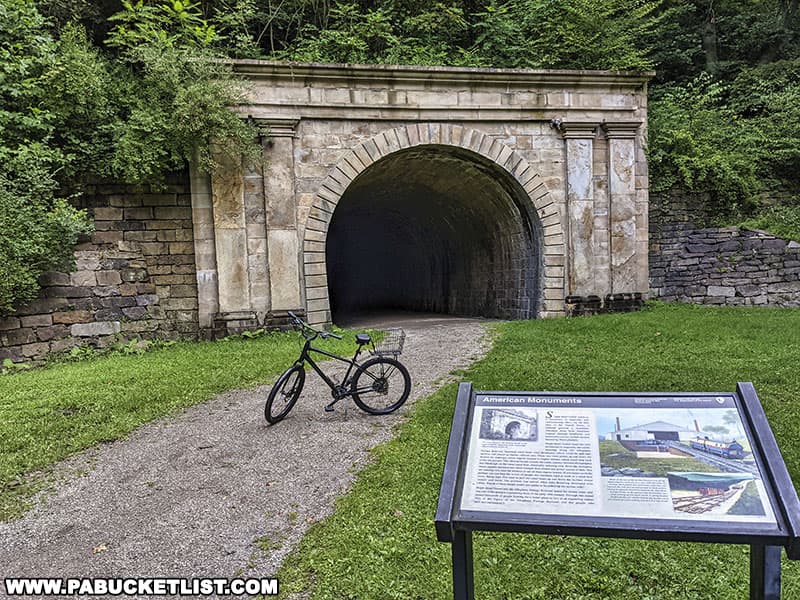
Constructed as part of the Allegheny Portage Railroad (between the top of Incline 1 and the bottom of Incline 2 near Johnstown), the Staple Bend Tunnel is now operated as part of a rail trail by the National Park Service.
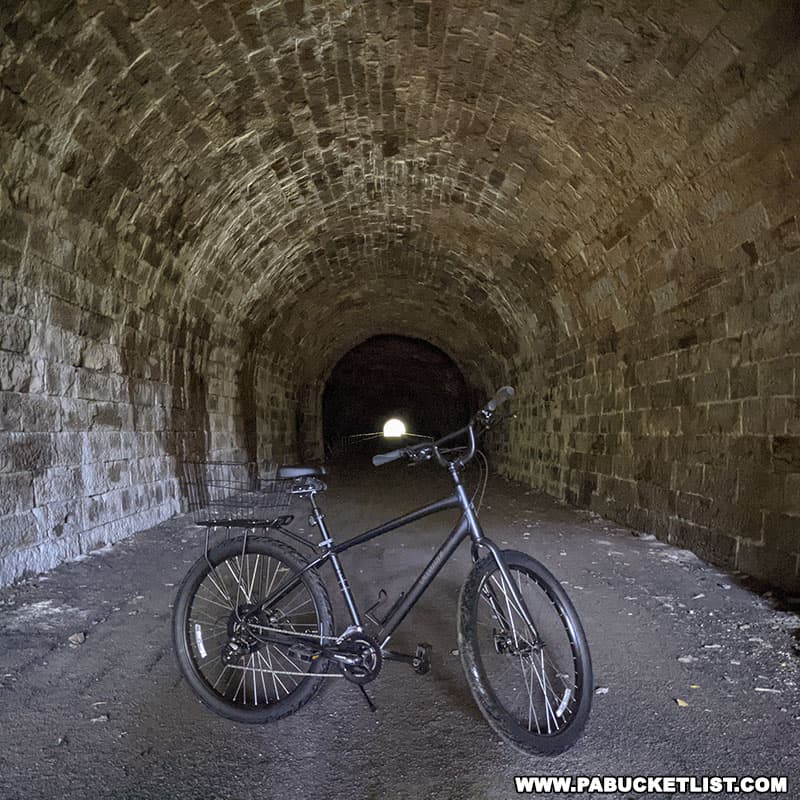
The Allegheny Portage Railroad is one of the most historic railroading sites in Pennsylvania!
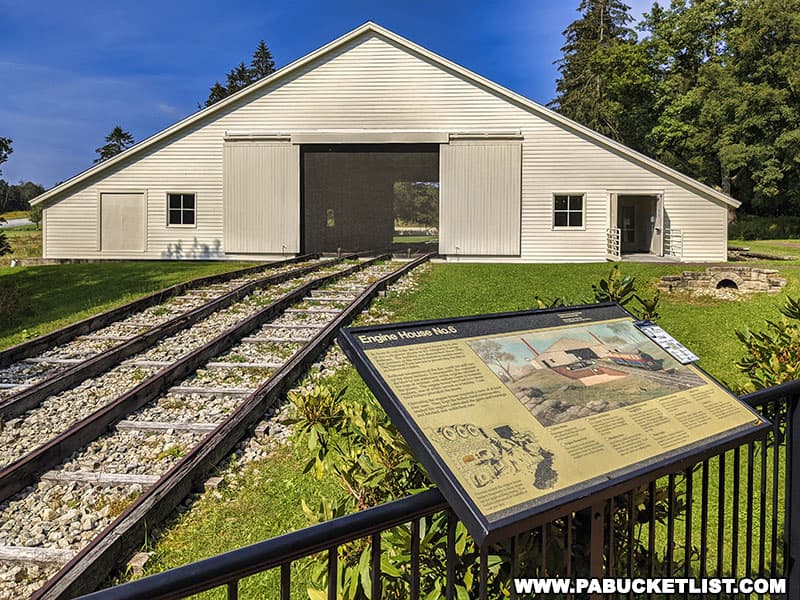
The Allegheny Portage Railroad National Historic Site is maintained by the National Park Service, allowing visitors to learn about and explore first-hand the “glory days” of the Allegheny Portage Railroad.
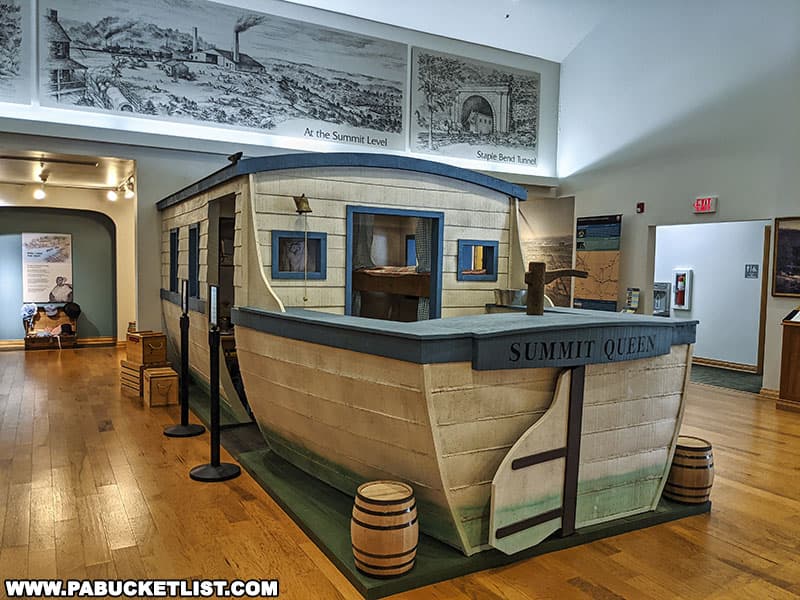
The Ghost Town Trail, a rail trail which spans more than 50 miles across Indiana and Cambria counties, is an adventure rich with history and natural beauty.
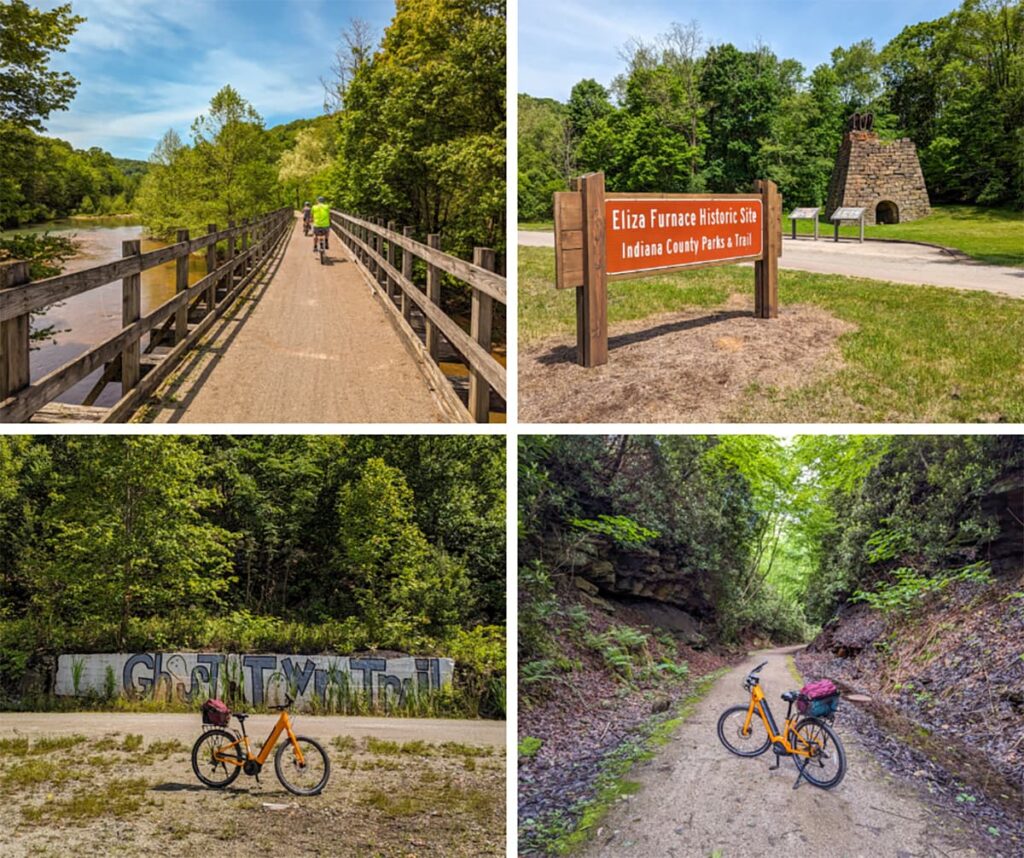
The Johnstown Heritage Discovery Center is a museum that tells the story of the region’s iron, steel, and coal industries through the eyes of the everyday people who were the backbone of those enterprises in the late 19th and early 20th centuries.
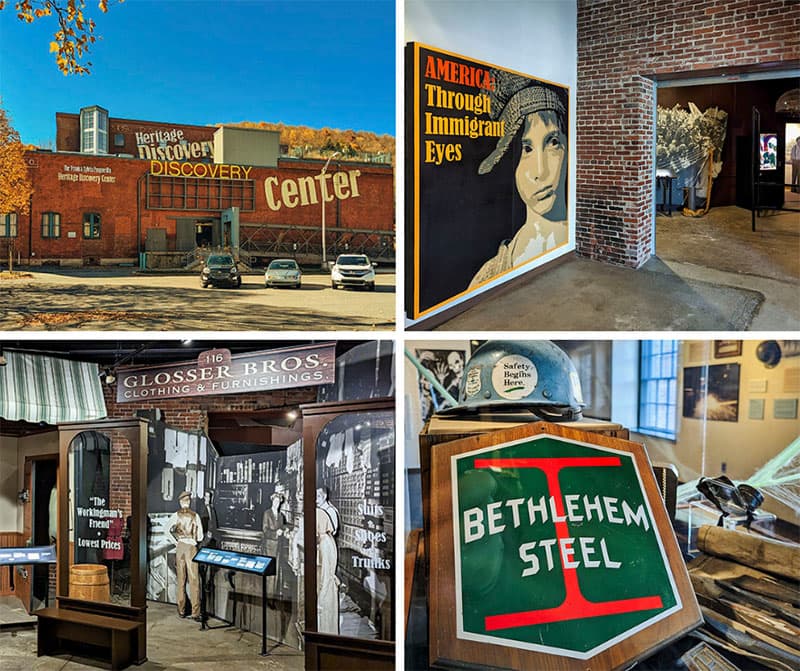
Fans of all things old, abandoned, and slightly creepy will find the abandoned Cresson State Prison in Cambria County a joy to explore!
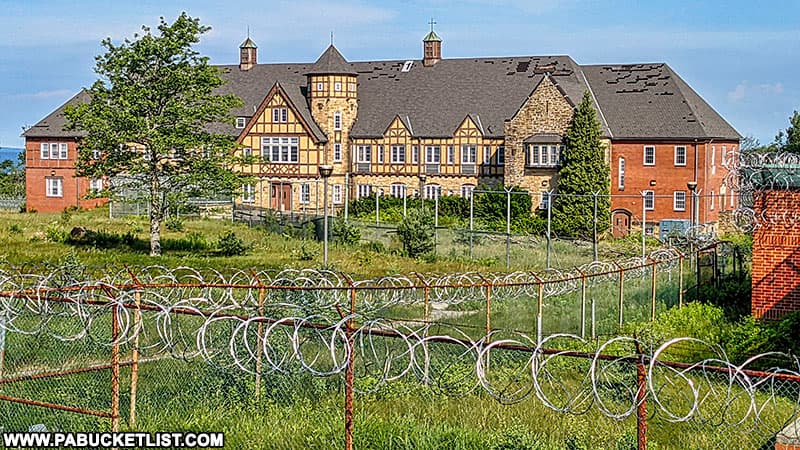
Prince Gallitzin’s crypt in Cambria County contains the remains of a former Russian prince turned trailblazing Catholic priest, Demetrius Augustine Gallitzin.
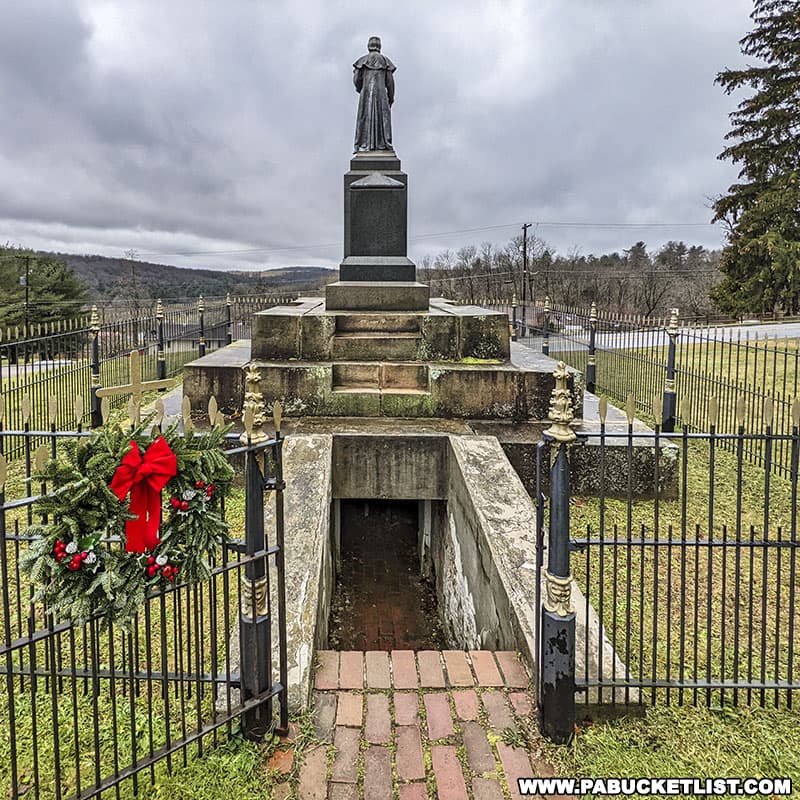
George’s Song Shop in downtown Johnstown is America’s oldest record store!
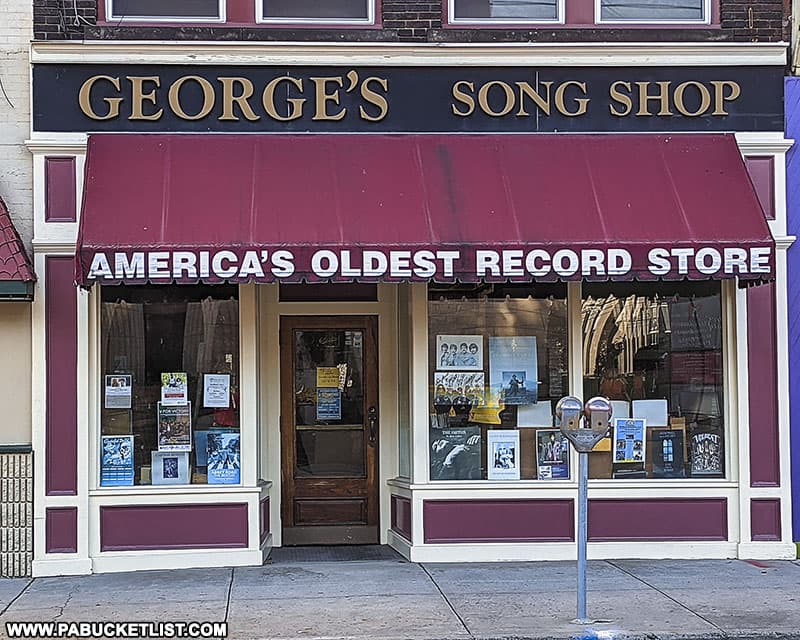
Did you enjoy this article?
If so, be sure to like and follow PA Bucket List on Facebook, Instagram, and/or Pinterest to learn more about the best things to see and do in Pennsylvania!
Click on any of the icons below to get connected to PA Bucket List on social media.


